
I am Sarah Wiseman and I'm a Lecturer of Computer Science at
Goldsmiths, University of London.
Research
I conduct research in the field of Human Computer Interaction, often working to collect data from participants.
My areas of interest are
Emoji,
Errors,
Data Entry,
Immersive Theatre and
Citizen Science.
Teaching
I teach or have taught on the following subjects:
- Interaction Design
- Physical Computing
- Pervasive Gaming and Immersive Theatre
- Mathematics
- Programming
- Cognitive Science
- Experiemental Psychology
Videos
I have worked with the YouTube channels Numberphile and Computerphile to create
videos on the subjects of HCI and number entry.
Contact
- email: sarahemwiseman[at]gmail.com
- twitter:
@oopsohno

I am Sarah Wiseman and I'm a public speaker and academic comedian.
Stand-up comedy
I greatly enjoy science comedy, and have performed at
Electro Magnetic Field Camp along with numerous
Bright Club and Science Showoff sets, including one at the Edinburgh Fringe.
Educational speaking
I am regularly involved in Science Communication in educational establishments. I have spoken multiple times
at the Royal Institution, The Science Museum and at various schools.
Industry Talks
I am available to speak at industry conferences and events on a range of topics from technology, computer
science and UX. I have recently spoken at
Binary Festival in Liverpool and at
Thinking Digital in Newcastle. You can watch my talks via this
video of me speaking about emoji.
Contact
- email: sarahemwiseman[at]gmail.com
- twitter:
@oopsohno
I am Sarah Wiseman and I'm a user researcher.
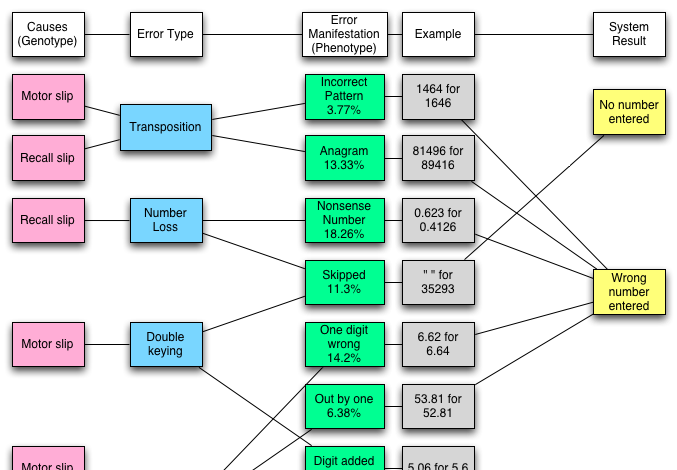
Creating a taxonomy of number entry errors
Paper link
Research phase: Discovery
Methods: Controlled User Experiments, Statistical Analysis
Number entry errors are pervasive and can cause monetary losses and can even cost lives if they occur in the medical domain. In this user research I conducted systematic user testing to elicit and gather examples of number entry errors. This collection and taxonomy of number entry errors allows designers to consider possible user errors when creating number entry interfaces.
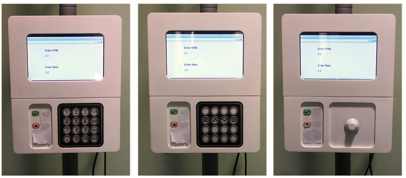
Understanding data useage in hospitals
Paper link
Research phase: Discovery, Alpha
Methods: Data Analysis, Statistical Analysis
Number entry interfaces are designed as though every digit is equally possible, but is this true? An analysis of logged data from infusion pumps used on mutliple hospital wards showed that in 50% of cases, just 3 numbers were typed. Using this data I made design reccomendations to adapt number entry interfaces to better match the data being typed.
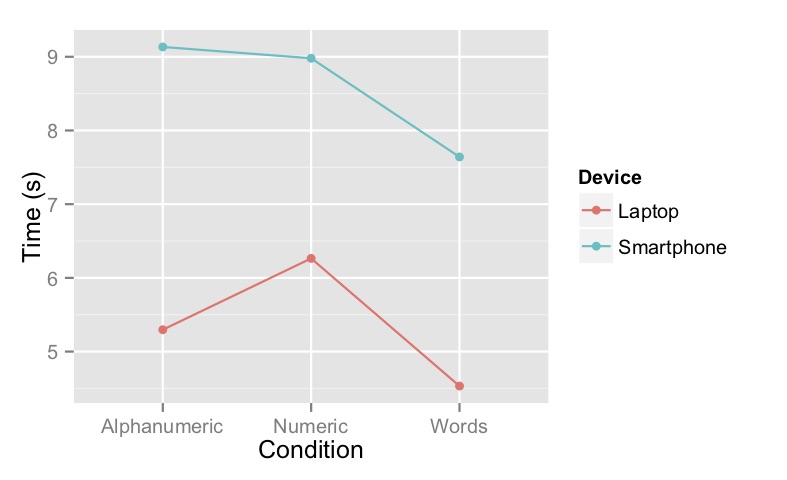
Designing access codes for security and usability
Paper link
Research phase: Alpha
Methods: Controlled User Experiments, Statistical Analysis
One-time passcodes are designed to allow users to verify themselves on a number of IOT devices. Often these codes are comprised of mixed digits and letters, which is secure but not useable. In this work we aim to explore whether these passcodes can be made more usable, whilst maintaining the same level of security. We show that provding users with three three-letter words to type, rather than a random mix of characters can increase speed, reduce error and reduce cognitive workload.
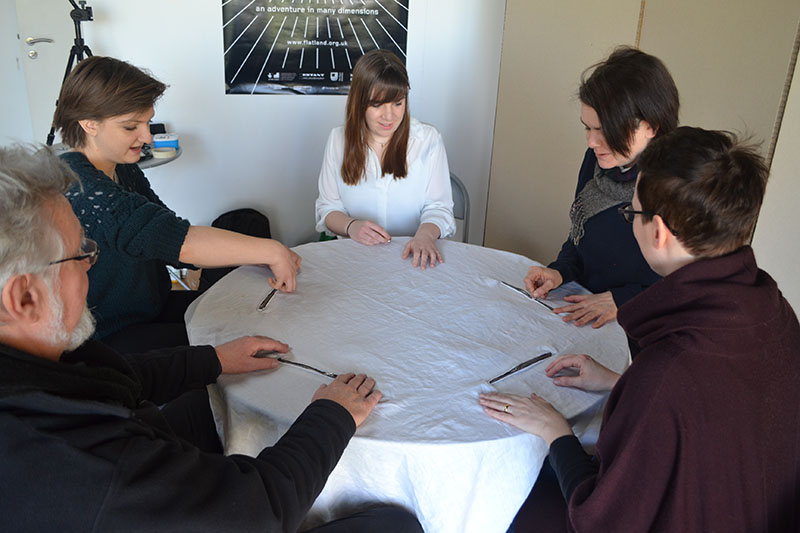
Making focus groups accessible to users with visual impairments
Paper link
Research phase: Beta
Methods: Design, Focus Groups
In group discussions and focus groups ocassionally a single user's confidence can make others feel embarassed about sharing their opinions. In this work I created the zippy tablecloth - a tangible user interface that collects user feedback to questions and presents it back audibly, allowing the whole group to record their feelings before beginning a discussion.
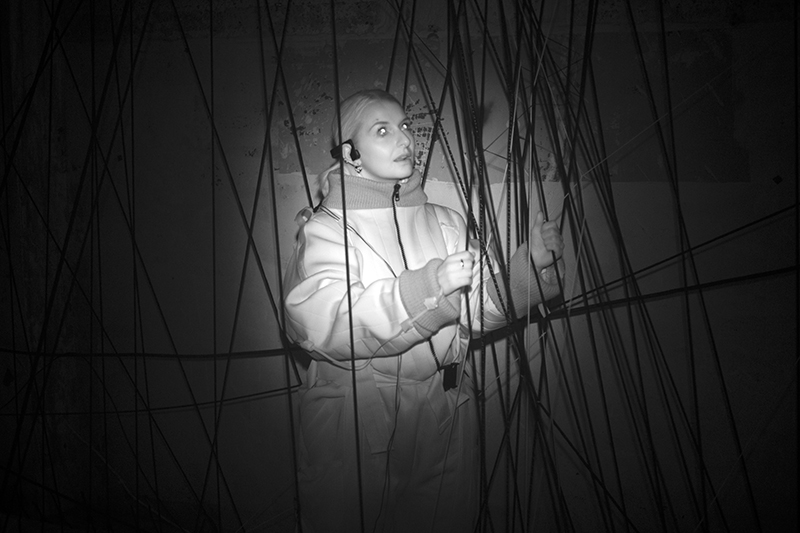
Understanding technology acceptance in immersive theatre
Paper link
Research phase: Live
Methods: Focus Groups
Immersive theatre is experimenting with new forms of theatre, asking the audience to wander round theatrical spaces and interact with the narrative. Working with a theatre group on the production Flatland, I conducted an evaluation of how technology had been received by the audience during the production, where it succeeded and where there was an opportunity for future design innovation.

Exploring how emoji are given secondary meanings
Paper link
Research phase: Discovery
Methods: Surveys, Statistical Analysis
Whilst every emoji has a distinct title, they aren't always used in the way they are intended. In this research, I explore how people give emoji secondary meanings to create bonds with loved ones. In one instance, a user explains how the pizze emoji is used to mean 'I love you'. This work highlights the issue of performing basic sentiment analysis on emoji.
Contact
- email: sarahemwiseman[at]gmail.com
- twitter:
@oopsohno






